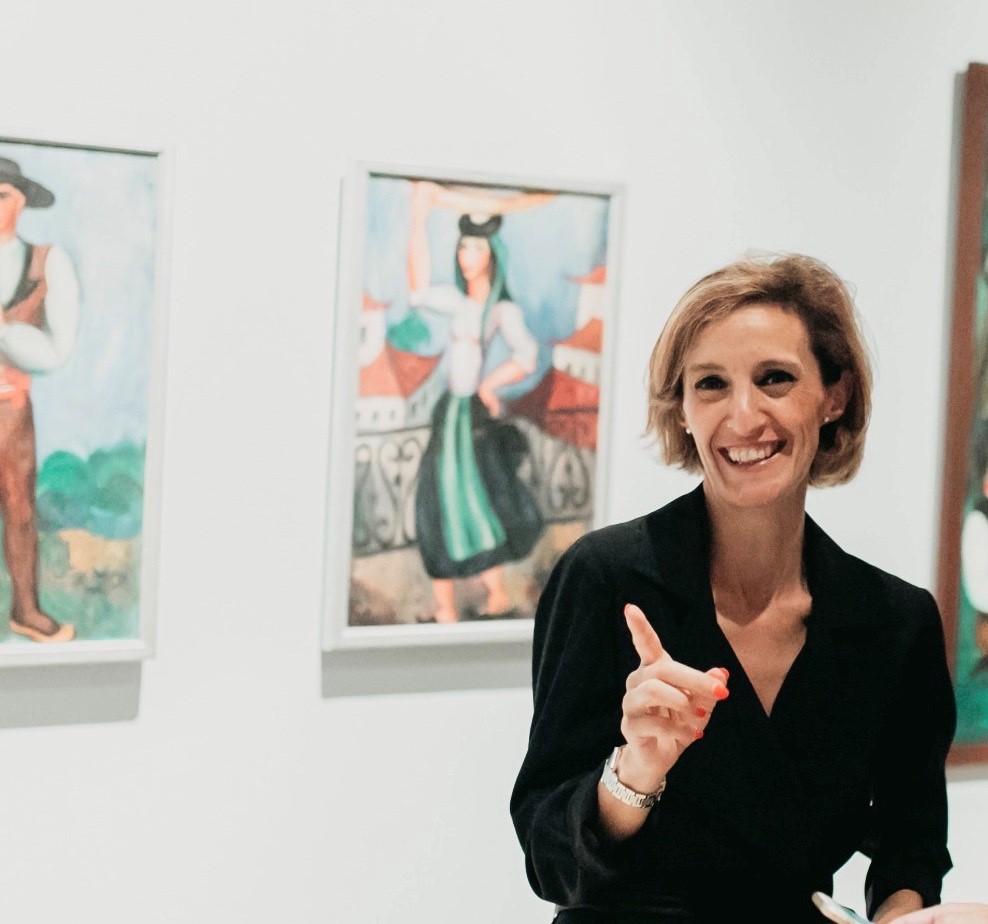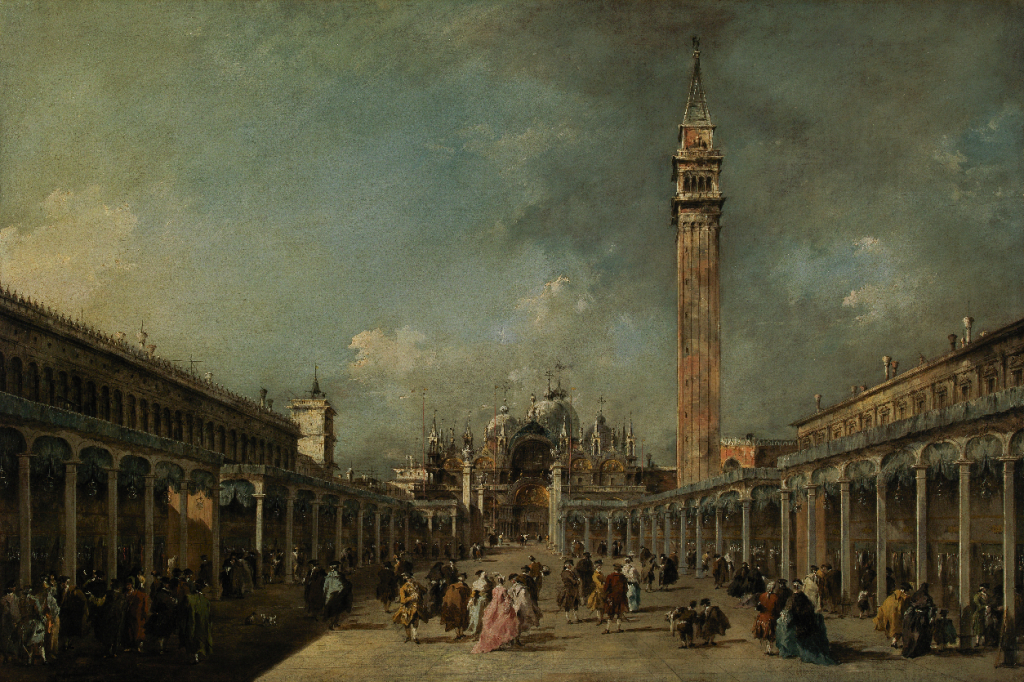Smart digital for Businesses
I’m Susana Prudêncio from Calouste Gulbenkian Foundation and this is #MYCHARITY
This week on the #MYCHARITY series, we speak to Susana Prudêncio, from Calouste Gulbenkian Foundation.

Location: Lisbon
Current job: Deputy Director of Marketing and Digital Transformation at the Calouste Gulbenkian Foundation
One word that best describes how you work: Positivity, I always believe it is possible
My greatest success: two innovative projects that I helped to create more than 20 years ago, that are still in use today, and I am very proud of: the creation of a concept for the stores of the National Museums in Portugal and the Project «Um Mecenas um Museu» (A patron a museum).
My biggest fear: An empty house
My secret wish: Take the Orient Express or live in Amalfi for a season
My role model: My mother. A wonderful human being.
My favourite website: Barbican
First of all, tell us a little about your background and how you got to where you are today.
My career started at the National Gallery in Washington where I had the chance to learn from the best and to see how a big museum is managed. Then I moved back to Portugal and I worked at several cultural institutions such as the National Museums Institute, the Serralves Foundation in Oporto and the Calouste Gulbenkian Foundation, where I’ve been working for 13 years. My work experience has always been very dynamic and encompasses different areas such as corporate partnerships, brand/design and communication activities or the creation of unique experiences in the world of arts for regular visitors and business customers.
Can you explain what is Calouste Gulbenkian Foundation?
The Calouste Gulbenkian Foundation is a wonderful cultural and philanthropic institution. Its founder, Calouste Gulbenkian, was a very wealthy businessman and art collector, whose concern about the fate of his art collection during World War II motivated his desire to move to the United States. Fortunately, he stopped in Lisbon on his way and changed his mind. He spent the last years of his life in Portugal and decided to create, by will, a foundation to which he would bequeath his fortune and art collection.
The Foundation aims to improve people’s lives through art, education, science and charity. In addition to the headquarters in Lisbon, it also has delegations in London and Paris, places where Gulbenkian lived.
What does it mean for you Digital Transformation?
I see Digital Transformation as our full adaptation to the technology-based world where we are living today. From storage to equipment, from productivity tools to digital campaigns, the digital transformation affects both internal processes, namely the working environment, but also external processes, such as communicating to our audiences.
In which way is Calouste Gulbenkian Foundation is embracing the digital revolution?
The high level of digital preparation of our organization has radically changed in the last years and has been proved to be especially important during this pandemic. It has allowed us to keep our daily work in the safety of our houses, without significant disruption.
We have developed a strategy related with the development of platforms and digital contents that allowed us to keep connected with our audiences by providing relevant and up to date content; live-stream concerts, conferences, guided tours, conversations with curators at home, challenges on social networks, among many other actions. Art is useful and it is revealing its importance in people’s lives right now. Have you noticed the number of people sharing works of art and experiences with works of art lately?
How do you discover new ways to innovate in your working day?
I try to be up to date by following the work of cultural institutions of reference, I am “connected” and attentive to new trends. In our team, we have very young people that keep challenging me.
Can you tell us a key lesson you have learned along the way
Observe, listen to others, listen to the heart and common sense.
How do you recharge? What do you do when you want to forget about work?
I am a big fan of walking, I love to sunbath and swim in the ocean.
What would you have done differently if you knew then what you know now?
I don’t have time for regrets ?. I am always focused on the present moment and future achievements.
Finally, as Calouste Gulbenkian Foundation has an incredible art collection, which one is a breathtaking piece that people can’t miss?
It is extremely hard to highlight one piece of art in such an extensive collection, which goes from ancient Egypt to the 20th century. I like many of the artistic periods covered and its major artists like Rembrandt, or Turner. Nevertheless, if I had to choose, I would probably follow my emotions and pick the Francesco Guardi room. I already liked this room before working at the Foundation. For me, it is a magical place, with a considerable number of paintings illustrating the 18thcentury Venice. The paintings portray the beauty of the city, from the Grand Canal to Giudecca. The most glamorous it is the one that depicts the Feast of the Ascension in St Mark’s Square.

The light, the ambience, the movement, the dresses, everything entice us and take us to that place. I close my eyes and I am momentarily transported to the arcade of the Florian café, having some wine and laughing with loved ones. This room makes me happy! Isn’t that the good thing that art gives us?
You can follow the Calouste Gulbenkian Foundation on Instagram at fcgulbenkian
The WeGiveIt #MYCHARITY series asks heroes, experts, and leaders to share their ambitions, routines and more and it’s published on WeGiveI Blog.
